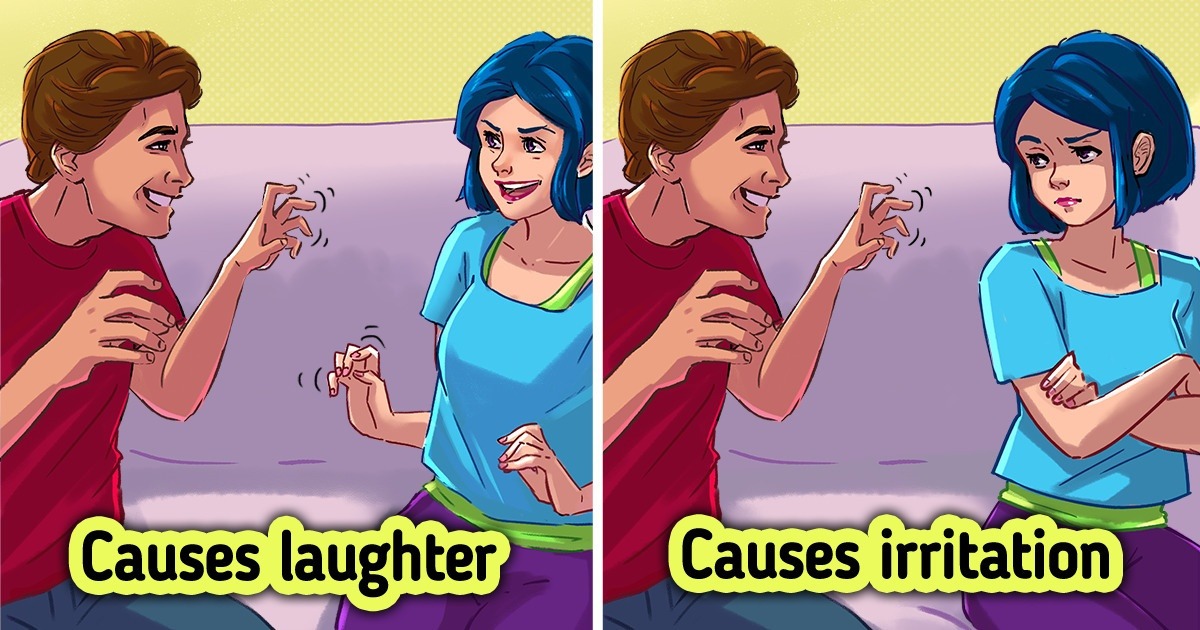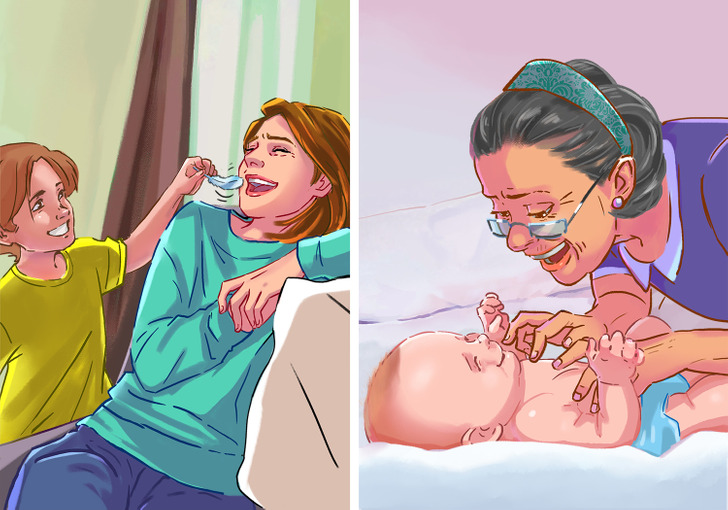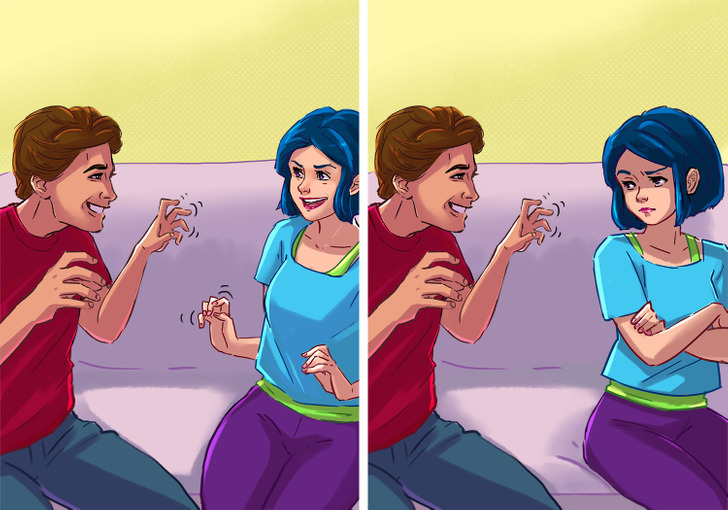Why We Are Ticklish

We’ve all felt ticklish at least once in our lives. It’s hard to describe the sensation and understand why the body reacts to certain types of touch this way.
5-Minute Crafts decided to find out why we feel ticklish.
What tickling is

First, let’s talk about the term. Tickling is the act of touching the body, causing involuntary movement and laughter. There are 2 types of tickling: knismesis and gargalesis. Knismesis is a slightly irritating sensation that may be caused by an insect walking on the skin. In this case, all you want to do is scratch the skin and remove the cause. Knismesis looks pretty much the same in many types of animals. On the other hand, gargalesis is the sensation caused by rougher and sudden touches on different parts of the body. This type of tickling only works on primates.
Why we are ticklish

Every time we are tickled, the hypothalamus is stimulated. The hypothalamus is the part of the brain responsible for the emotional state. As a result, you start giggling, even though you’re not having fun. It’s a little similar to when we cry when cutting an onion: We don’t feel sad or happy, but we cry — it’s a vegetative emotional reaction.
The emotional state we are in at a certain moment affects how we treat tickling. For example, when we feel relaxed and calm, tickling is pleasant. And it’s not pleasant at all when we are irritated. Some people start laughing before they are even tickled — all they need to see is someone is going to tickle them. It happens when it’s a person we know well and feel comfortable around.
Why it’s impossible to tickle yourself

You’ve probably noticed it’s impossible to tickle yourself. The thing is, it depends on the element of surprise, so when we try to tickle ourselves, we know exactly what part of our body we’re going to touch, and the brain knows what to expect.